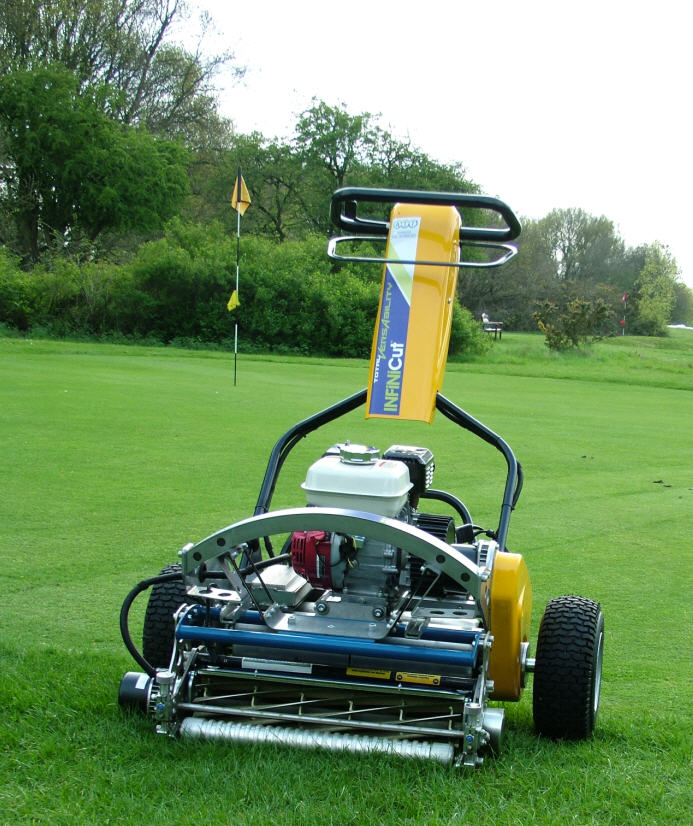 The vagaries of the British climate have never been demonstrated so vividly as in the last few months where drought conditions have been followed by near monsoons! This sudden change in conditions can be extremely difficult for Greenkeepers to manage. Given that change can happen so quickly, John Coleman of Advanced Turf Technology (ATT) offers some advice on managing intermittent periods of drought until the next tranche of water appears.
The vagaries of the British climate have never been demonstrated so vividly as in the last few months where drought conditions have been followed by near monsoons! This sudden change in conditions can be extremely difficult for Greenkeepers to manage. Given that change can happen so quickly, John Coleman of Advanced Turf Technology (ATT) offers some advice on managing intermittent periods of drought until the next tranche of water appears.
In order to prolong the health of the plant with less available water, it is essential to try and make the plant function better under drought stress conditions. It is not enough to just keep the plant alive because in the current commercial environment there is a need to maintain good playing conditions. This can be achieved in a number of ways outlined here, and in combination with other common sense management principles.
With the average water content of the grass plant at about 85%, even a small decrease in available water can have a severe effect on the quality and health of the turf. Whilst there is no silver bullet approach to counteract the effects of a persistent drought, there are various practical ways to alleviate the stresses on the plant and make what little water there is available to the Course Manager go further.
A turf that is subject to drought stress will mark easily due to plant wilt. The use of triplex greens mowers can highlight this through the pressing action of the tyres as they transverse the green. The torque action of the tyres whilst turning can also increase marking. The use of hand mowing, such as ATT’s new INFiNiPower™ fitted with a SMARTCut™ cassette, is encouraged over the use of ride on mowers because they’ll spread the weight of the mower better and can mask some of these issues.
It is important to be careful with aeration practices on greens during periods of drought stress. Most cultural practices require decent growing conditions to aid recovery. Without an environment conducive to recovery, the aerated turf will be open to weed invasion and will not provide a smooth ball roll. Hollow coring can be particularly problematic if followed by dry conditions as the result of hollow coring massively increases the soil surface area and leads to greater water loss through increased evaporation. Slicing can also be a problem when followed by drought. Again, the slicing action leaves a slot that has a larger surface are ratio to its volume and these slots “peel open”. However, aeration is important to combat air borne silt and aid soil gas diffusion but shallow Sarel Rolling with ATT’s SMARTSarel™ cassette slotted into the INFiNiPower™, followed by light top dressing, can be very good at helping in this respect without the aforementioned negative effects.
The height of cut (HOC) can be directly correlated to root depth and mass. A higher HOC will result in deeper rooting and conversely a lower height will result in shallower rooting. It is therefore obvious that during dry conditions it is advisable to increase the HOC so that the roots are deeper and better able to tap water further down in the soil profile. Although an increase in HOC will slow green speeds, due to an increase in ball roll resistance, this can be combatted by extra rolling with ATT’s SMARTVibe™ cassette or alternating rolling with cutting. Rolling treatments are more effective at increasing putting green speed than reducing the mowing height. In fact, with rolling, ball roll distances are increased even when mowing frequency is reduced to every other day. The threefold process of increasing cutting height, reducing cutting frequency and the addition of rolling can help combat plant stress and at the same time maintain acceptable green speeds and smoothness of put.

